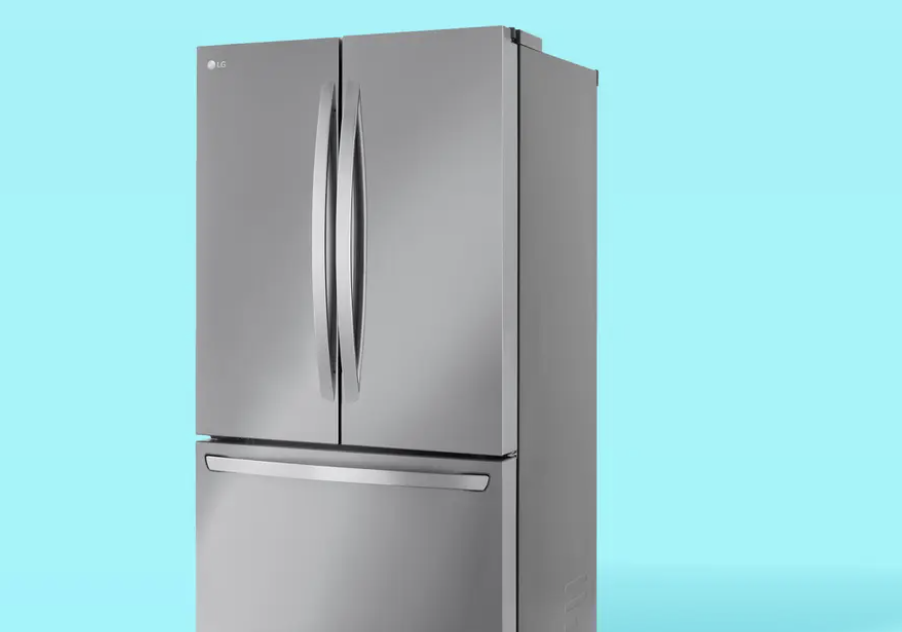America is having a tariff-ic time these days as countries respond to fees tacked onto products exported to the United States. What the ordinary American consumer may not realize is that tariffs will affect some household goods they use daily.
But what items will tariffs specifically affect? And what do the price increases mean for you and I? Let’s get into it.
What Products Are Going To Increase in Price Due To Tariffs?
Tariffs are likely to raise prices on a variety of consumer goods in the United States by increasing the cost of imported products, which is often passed on to consumers. Based on current economic analyses and the types of goods commonly imported, here are five consumer goods that are particularly vulnerable to price increases due to tariffs:
Electronics (Smartphones, Laptops)

A significant portion of electronics, such as iPhones and laptops, are manufactured in countries like China, which has been subject to tariffs as high as 20% (with proposals up to 60% or more). These tariffs directly increase the cost for importers, and studies indicate that much of this cost is passed onto consumers, potentially raising prices by 10% or more depending on the tariff rate and company pricing decisions.
Automobiles and Auto Parts

The U.S. relies heavily on imported auto parts and vehicles, especially from Canada and Mexico, which face 25% tariffs, and other countries subject to a baseline 10% tariff. This could add thousands of dollars to the price of cars—estimates suggest an increase of $2,500 to $5,000 for lower-cost models— impacting both new car buyers and those needing repairs with imported parts.
Fresh Produce (Avocados, Strawberries, etc.)

Agricultural products like fruits and vegetables, particularly from Mexico (which supplies about 90% of U.S. avocados), are hit with 25% tariffs. Since these are perishable goods with limited domestic substitution in the short term, prices are expected to rise quickly, potentially by 2.9% or more, affecting grocery bills.
Clothing and Footwear
A large percentage of apparel and shoes sold in the U.S. is imported from countries like China, Vietnam, and Bangladesh, facing tariffs ranging from 34% to 46%. Retailers often pass these costs to consumers, which could lead to noticeable price hikes for everyday items like sneakers and jeans.
Household Appliances (Washing Machines, Refrigerators, etc.)

Many appliances are imported from China and other nations, and past tariffs (e.g., on washing machines in 2018) have shown price increases of over 11%, adding roughly $86 per unit. With new tariffs in place, similar or greater increases are likely as manufacturers and retailers adjust to higher import costs.
Are Tariffs All Bad? Not Necessarily
One lesser-discussed aspect of tariffs is their potential to act as a strategic tool for economic development, beyond just protecting domestic industries or raising revenue. Economists often focus on the inefficiencies tariffs introduce—like higher consumer prices or trade wars—but rarely highlight how they can be used to foster long-term industrial growth in specific contexts.
Historically, countries like the United States, Germany, and Japan used tariffs in their early development phases to shield nascent industries from foreign competition. This allowed them to build domestic capabilities, achieve economies of scale, and eventually compete globally. The “infant industry” argument is acknowledged in economic theory, but it’s often downplayed because it’s hard to implement without corruption or inefficiency creeping in. Success requires precise timing—knowing when to phase out protection so industries don’t become permanently dependent.
Another secret is the bargaining power tariffs create. By threatening or imposing tariffs, a country can negotiate better trade deals, extract concessions, or deter unfair practices like dumping. This isn’t just about economics; it’s geopolitics masquerading as trade policy. Few economists emphasize this because it blurs the line between their field and political strategy.
The catch? Tariffs are a double-edged sword. They can backfire if other nations retaliate, or if domestic firms get lazy behind the protective wall. Data from the World Bank shows that countries with prolonged high tariffs—like India pre-1990s—often stagnated compared to those that liberalized strategically. So, the real secret is less about tariffs themselves and more about how they’re wielded: as a scalpel, not a sledgehammer.




